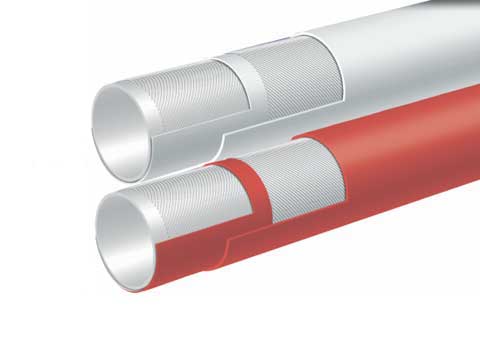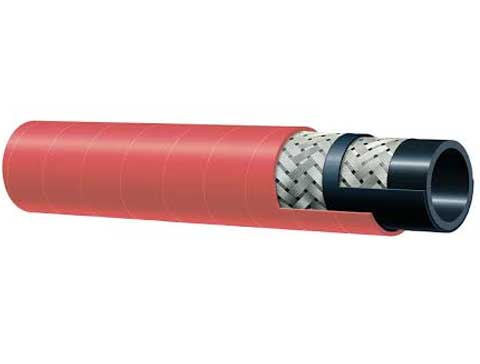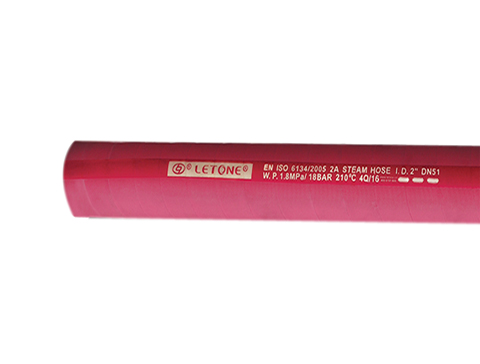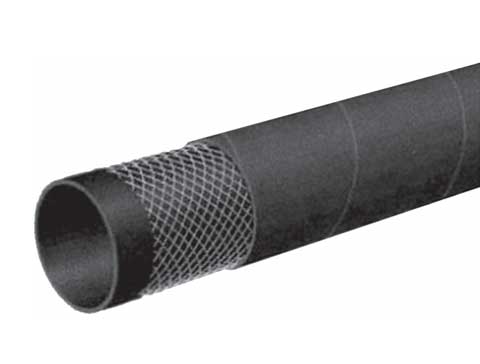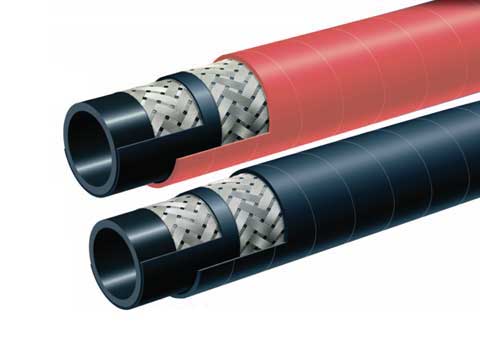Steam hoses can be used easily and are flexible. They should be checked before use to ensure their safety and durability. Keeping these hoses in good condition helps to protect the users from accidents that can lead to injuries and damage to the equipment.
It is important to drain the hose every time you use it. This helps to avoid popcorning. It is also important to inspect the hoses periodically for lumps and blisters.
precautions for using steam hoses
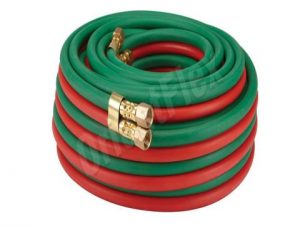
Using steam hoses properly can dramatically reduce the risk of accidents in manufacturing plants. Choosing the correct hose for your process and paying attention to precautions when handling a hose can save lives, increase efficiency, and extend the life of the hose.
A hose consists of three main components: the tube and the reinforcement. The cover is the third component. The tube carries the media, the reinforcement gives the tube pressure and motion strength, and the cover protects it from abrasions and environmental factors like chemicals and high temperature.
Steam hoses are prone to malfunctioning due to users not knowing how to maintain and operate them. This can lead to failure of the hose due to stress, strain, or damage caused during usage. These problems include a cut or gouge in the hose's cover that exposes the wire reinforcement. They also include kinking or flattening the hose and steam leakage anywhere along its length.
Another problem occurs when the hose is not de-pressurised before removal from service. This can cause the steel inlays to rust and the hose to burst open. When this happens, the hot steam escapes rapidly and may cause injuries. This problem can be avoided by using a hose that has galvanised steel inlays.
Specification and model of steam hose
Steam hoses can be used for a wide range of industrial applications. They can channel dry, superheated or wet steam. Typically made of EPDM or chlorobutyl, they can withstand high temperatures and weather the elements. These hoses can be used in chemical plants as well as steel mills and shipyards. They are available in a variety of lengths and can be fitted with compatible end fittings to connect to equipment.
When selecting a steam hose, it is important to know its maximum working pressure and diameter. When choosing a hose, the minimum bend radius will also be a key factor. A higher bending radius means the hose can be more easily installed and less likely to kink or puncture.
The inner tube of a steam hose is typically constructed from a synthetic or natural rubber. The core is then reinforced in either one or two layers. The reinforcement protects the hose from high internal pressures and helps to eliminate static charges.
The ends of a steam hose are fitted with fixed weld neck flanges or lap joint (floating) flanges. Standard flanges are 150#, but higher flanges can be ordered to increase the working force of a steam hose. The flanges should be properly bolted to avoid leakage or failure due to improper mounting.
How to store steam hoses
Steam hoses are susceptible to bursting under pressure, and the water that results can damage equipment or injure people. Consequently, they must be properly installed, maintained, stored and inspected, and their fittings must be secured with safety clamps. Moreover, the operator must wear working clothes to protect him/herself from burns in case of accidental contact with a hot hose.
The main components that make up a steam hose include the core tube and wall construction, the reinforcement layers, the cover, and the end connections. Each of these contributes to the hose's functionality and life span.
The temperature, pressure and flow requirements for your system media will determine the right hose materials. The material must be compatible with the system media and resist corrosion. The material should be able resist high temperatures and abrasions.
The most popular rubber for hoses are ethylene-propylene or chlorobutyl. EPDM has a wide temperature range, excellent chemical compatibility, and high resilience. It is resistant to weather changes, chemicals and high internal pressures. NBR is another option. It has a wide temperature range, is resistant to chemicals and abrasions, and is extremely flexible. NBR, however, is not oil resistant and can be damaged by the ozone. It can also be damaged by UV radiation.

